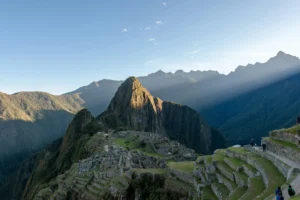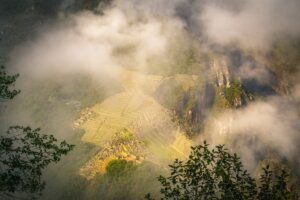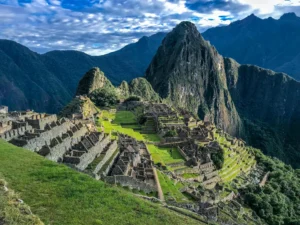Bird watching in Machu Picchu is an experience that allows you to discover the rich biodiversity of this iconic area of Peru. This site is home to a wide variety of bird species, many of them endemic to the region. From the majestic Andean condor to the colorful hummingbirds and tanagers, the area offers a natural spectacle ideal for nature lovers and ecotourism enthusiasts.
With the right guide and favorable conditions, bird watching in this site becomes a fascinating and enriching activity.
Why is Machu Picchu Ideal for Bird Watching?
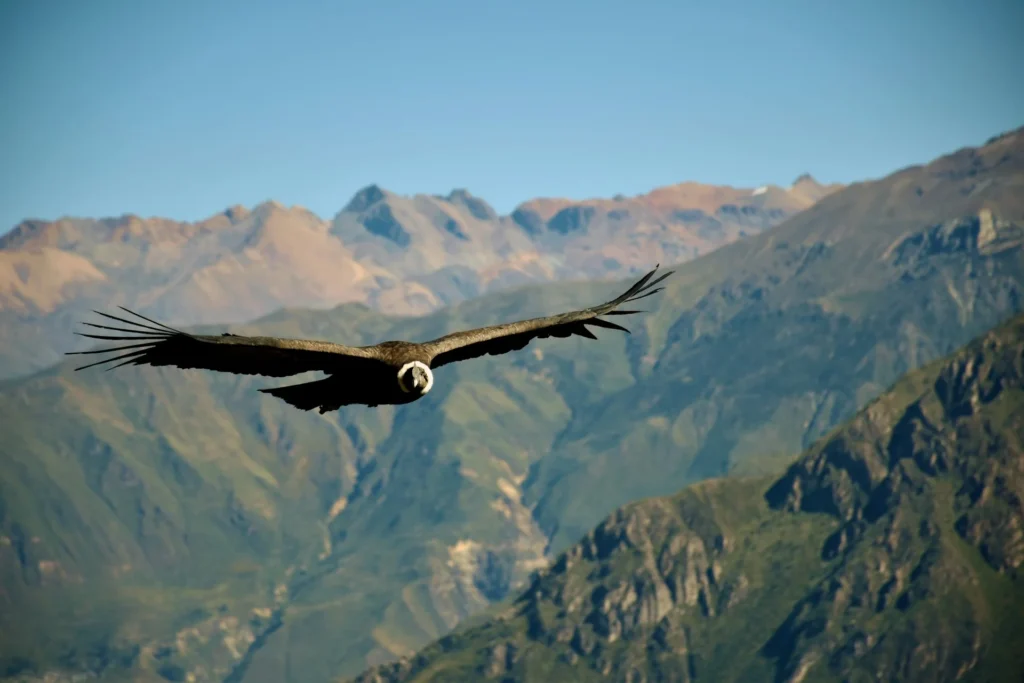
Ecological Importance and Biodiversity of Machu Picchu
Machu Picchu is an important ecological refuge due to its location on the eastern slopes of the Andes, which hosts rich biodiversity. With over 400 bird species, 200 orchids, and various endangered species such as the Andean condor and the spectacled bear, the area is key to conserving fauna and flora.
Additionally, its biodiversity contributes to climate regulation, soil protection, and water supply, highlighting its ecological significance and its role in the sustainable development of tourism and local communities.
The varied topography and diverse habitats, ranging from cloud forests to rocky cliffs, provide the perfect home for endemic and migratory species. This makes Machu Picchu a unique destination for bird watching while enjoying its cultural richness.
Essential Equipment for Birdwatching and Photography
If you plan to enjoy bird watching in Machu Picchu, having the right equipment will make a difference:
- High-quality binoculars: Essential for observing details from a distance.
- Camera with a telephoto lens: Perfect for capturing sharp images of birds in motion.
- Field guide: A book or app to help you identify species.
- Appropriate clothing: Wear neutral colors to avoid scaring the birds.
- Notebook or mobile app: To record your sightings.
Main Bird Species in Machu Picchu
Raptors
Andean Condor
The Andean condor is one of South America’s most iconic birds. With a wingspan of up to 3 meters, these birds are often seen soaring over the valleys of Machu Picchu in search of thermal currents.
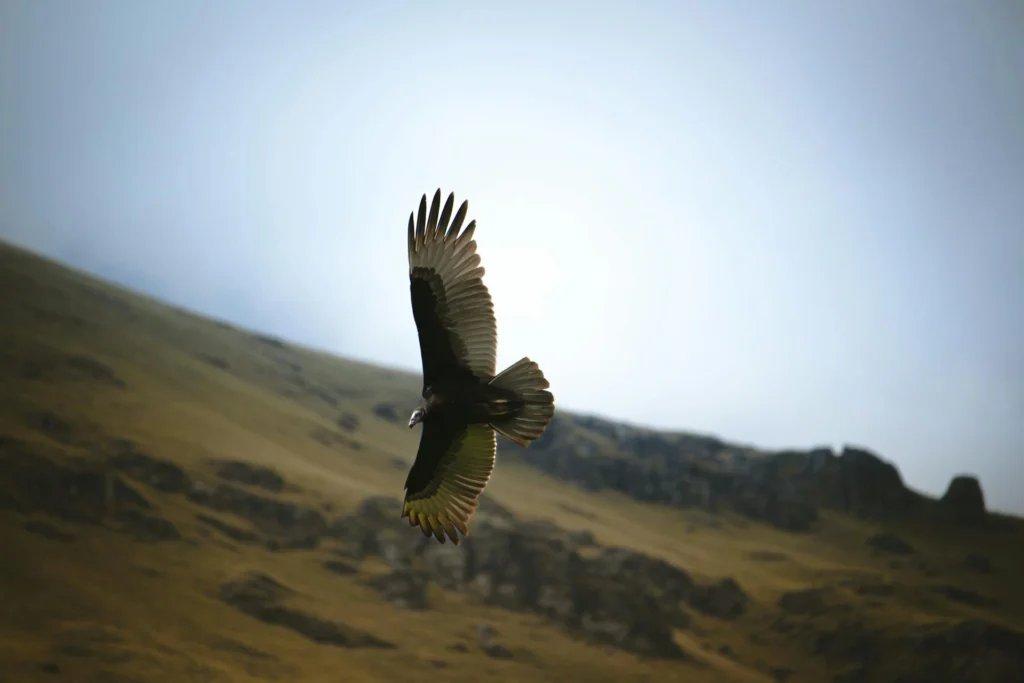
Black-and-Chestnut Eagle
This elegant predator can be found in the cloud forests and rocky areas of the region. Sightings are most common at dawn.
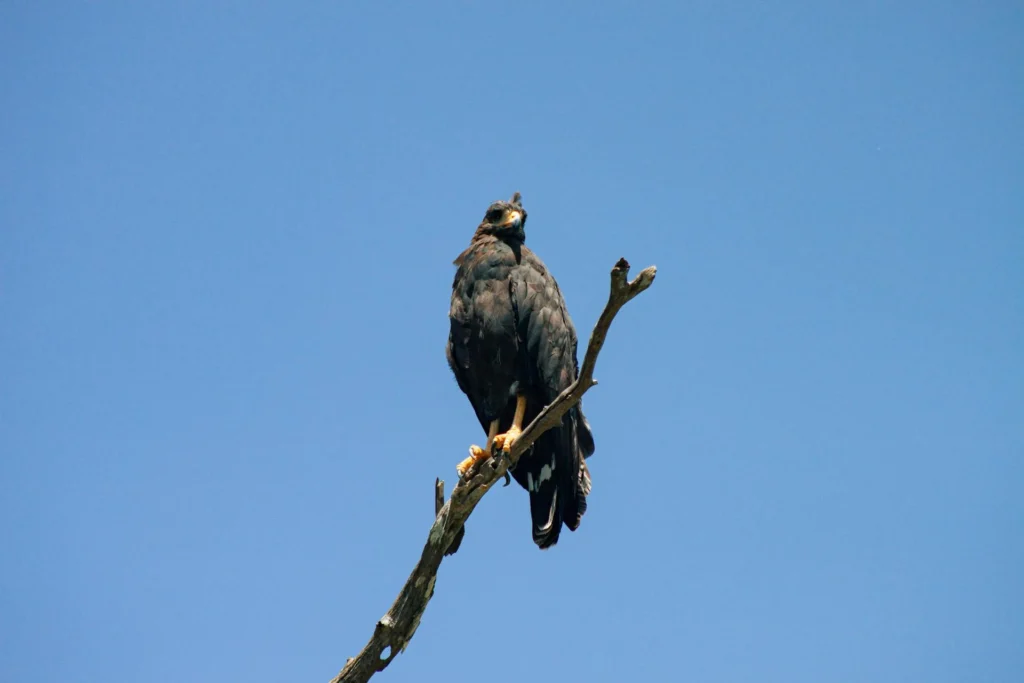
Cotingas
Andean Cock-of-the-Rock
Famous for its bright red and orange plumage, the Andean cock-of-the-rock inhabits the humid forests of Machu Picchu. This bird performs fascinating displays during the mating season.
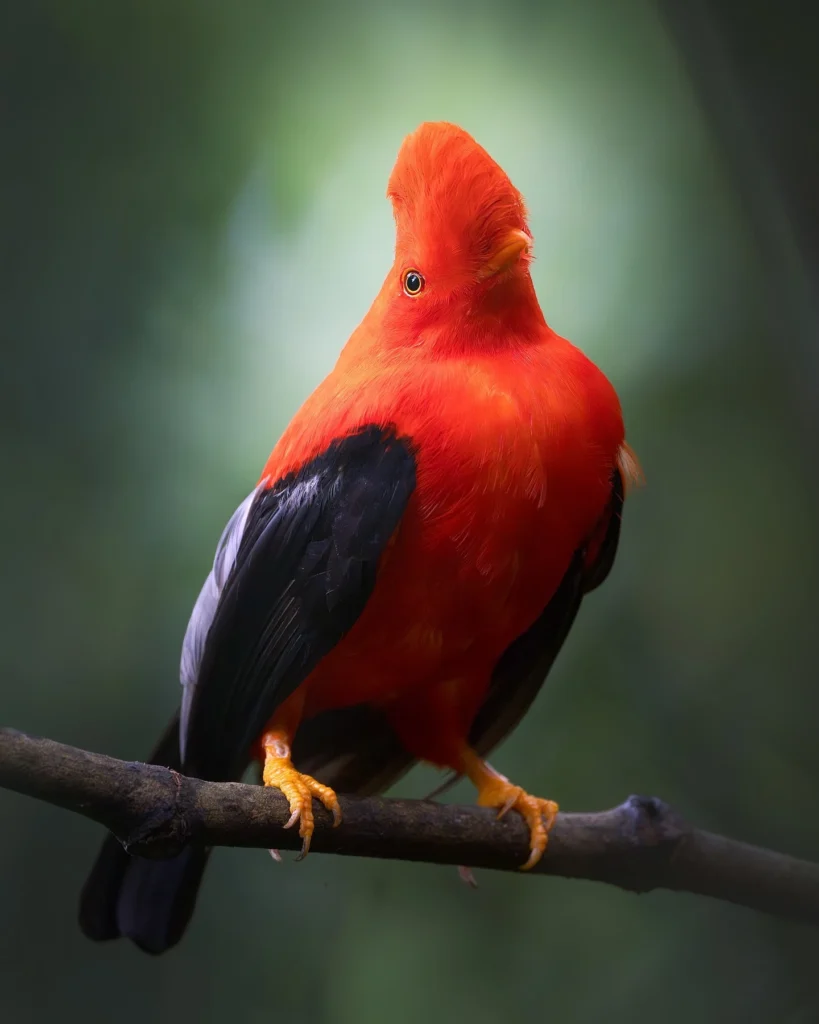
Masked Fruiteater
With its vibrant-colored plumage, the masked fruiteater is easy to spot in areas with abundant vegetation. Its diet includes fruits and small insects.
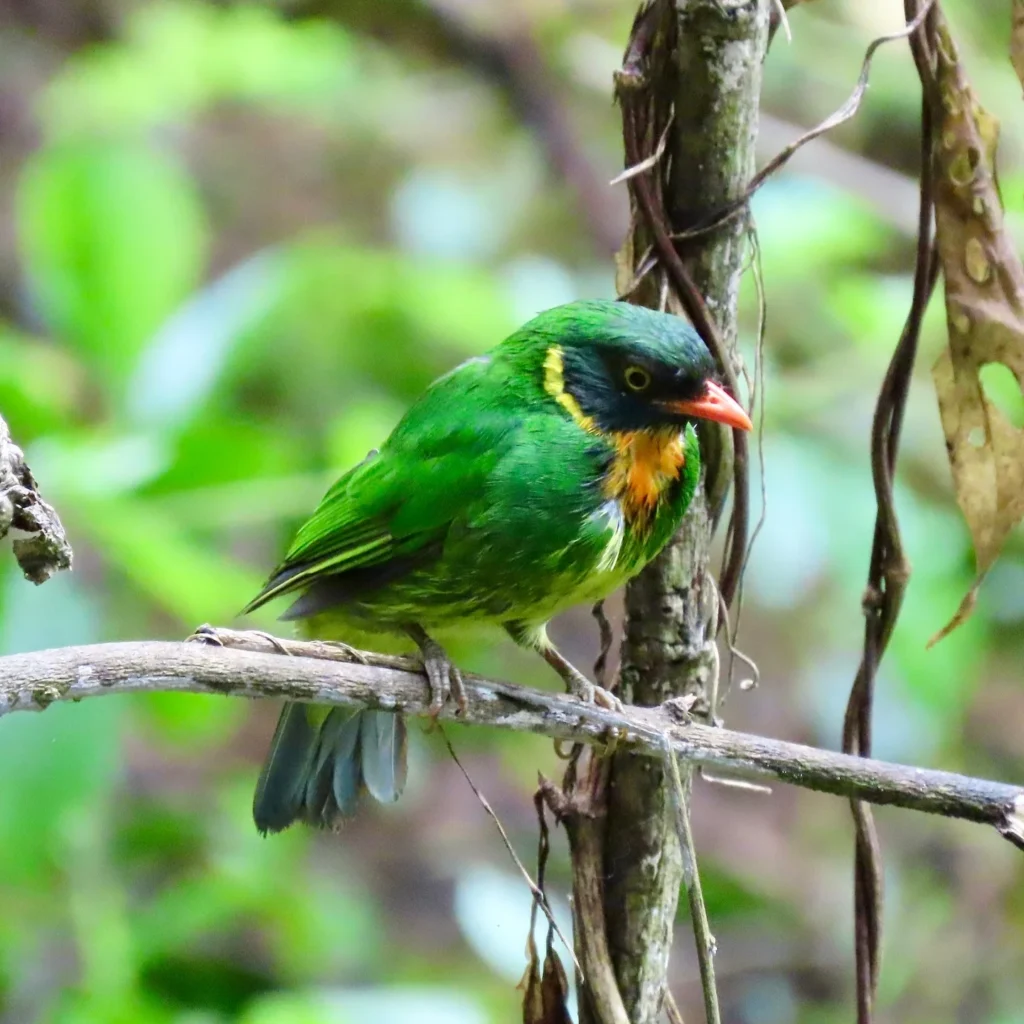
Hummingbirds
Green-and-White Hummingbird
Small but charming, this hummingbird feeds on native flowers along the trails near Machu Picchu.
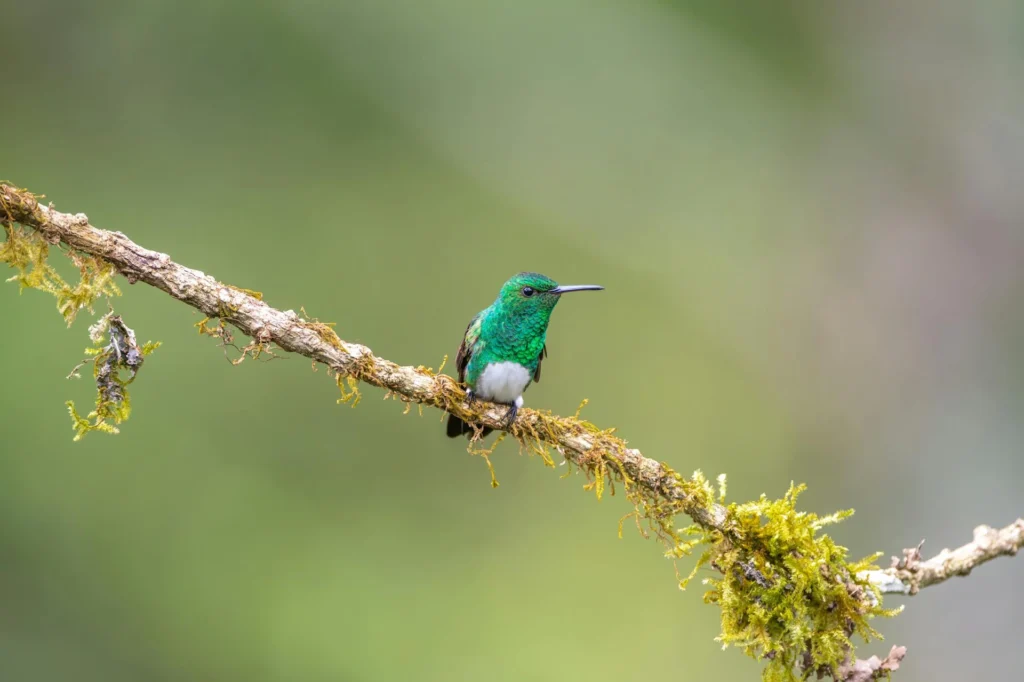
Gould’s Inca
With its striking iridescent plumage, this endemic species is primarily found in gardens and areas near the Urubamba River.
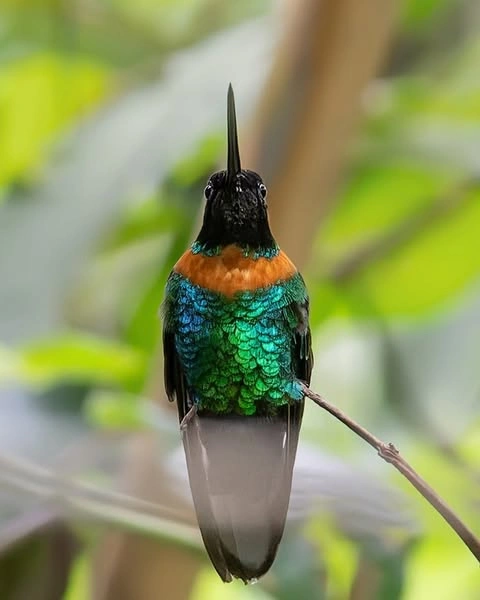
Parrots
Golden-Plumed Parakeet
These colorful parrots travel in noisy flocks and are a delight for bird watchers. They prefer lowland areas and transitional forests.
Blue-Headed Parrot
Although less common, this parrot stands out for its bright green plumage and bluish head. It is spotted in protected areas and places far from human activity.
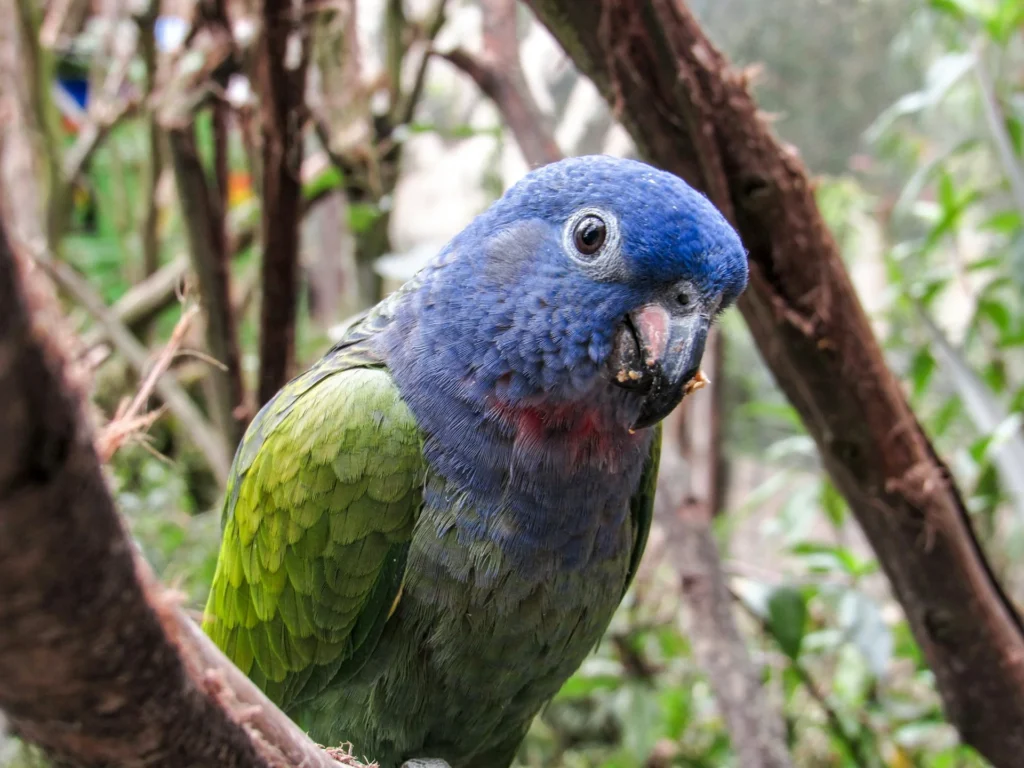
Tanagers
Blue-and-Gray Tanager
This active and social species feeds in groups, moving quickly between trees in search of fruits and insects.
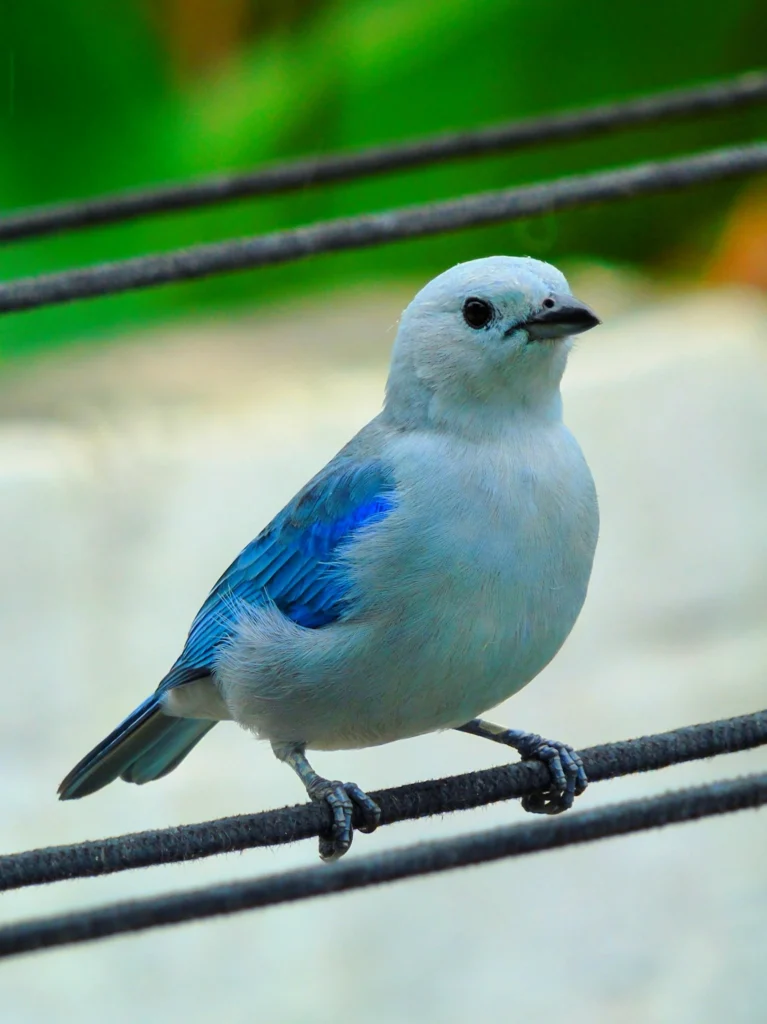
Parodi’s Hemispingus
A special find for bird watchers, this bird is exclusive to the Peruvian Andes and can be found in the forested areas of Machu Picchu.
Best Places for Bird Watching in Machu Picchu
Intipunku (Sun Gate): Access and Observable Species
This location offers panoramic views and the opportunity to observe raptors and hummingbirds in their natural habitat.
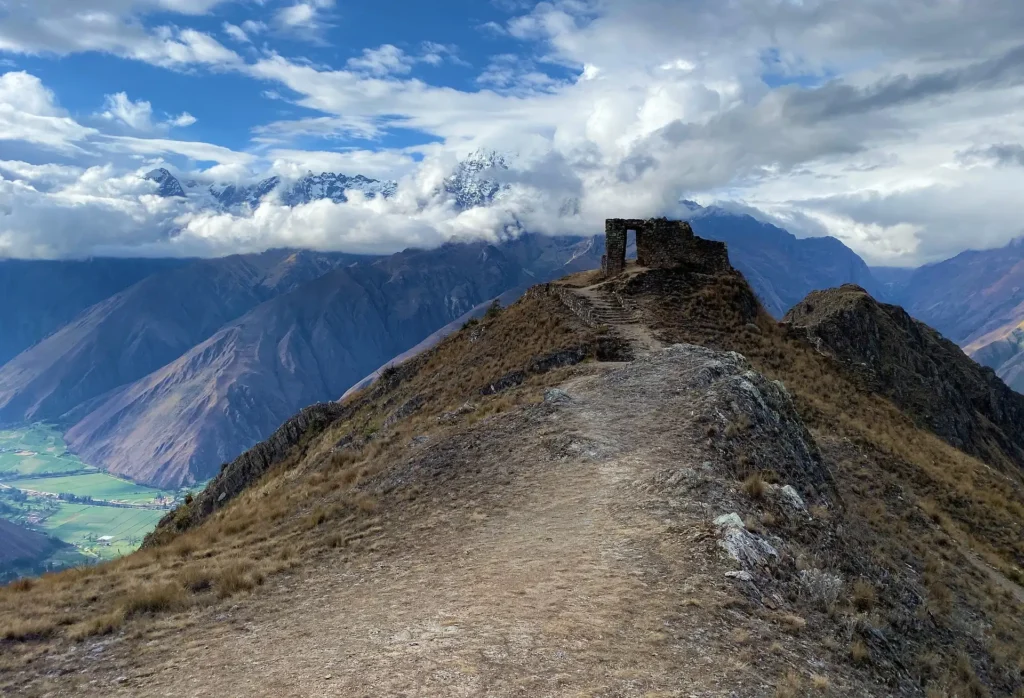
Huayna Picchu
The steep climb to this mountain offers the chance to spot species that inhabit higher altitudes, such as the Andean cock-of-the-rock.
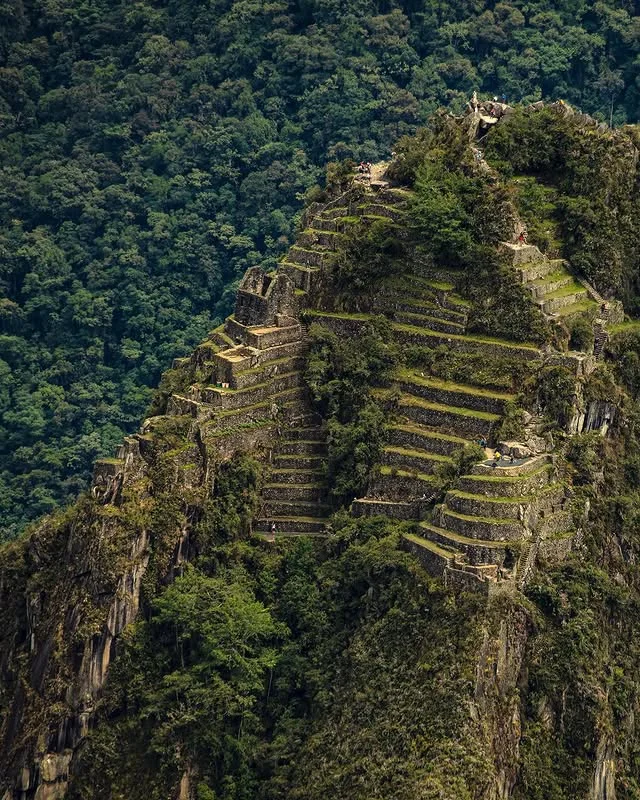
Machu Picchu Mountain
Less crowded than Huayna Picchu, this trail is ideal for spotting tanagers and hummingbirds.
Inca Trail: Recommended Sections for Bird Watching
The trails of the Inca Trail traverse diverse ecosystems, making it an ideal corridor for observing a wide variety of species.
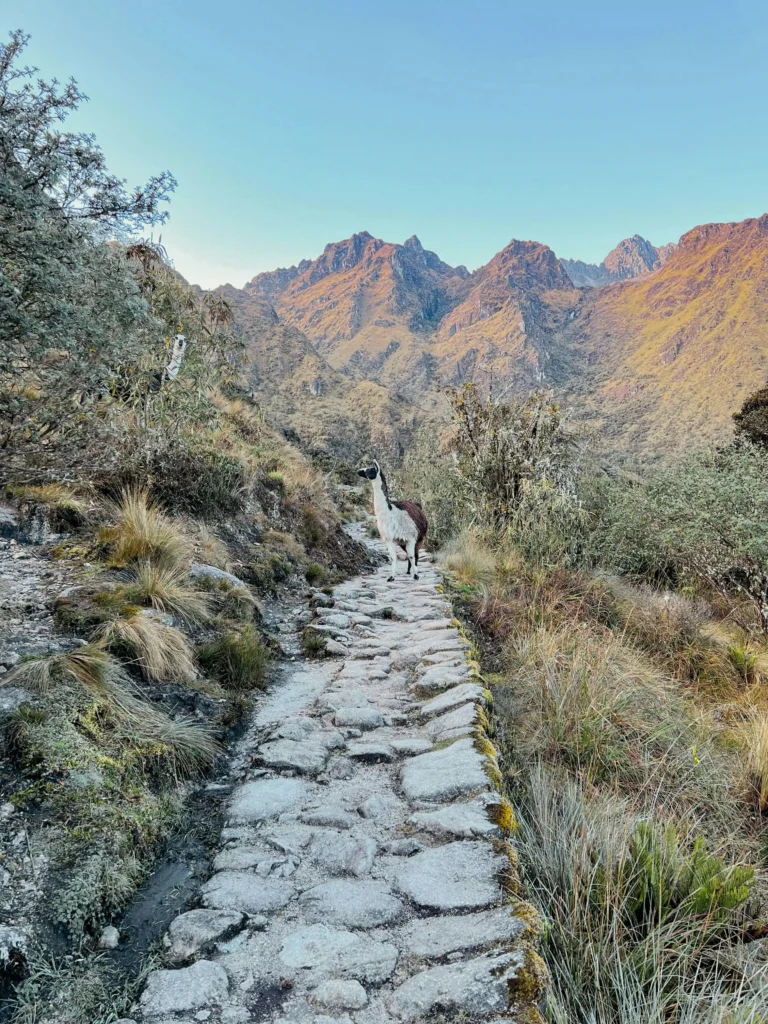
Tips for Photographing Birds in Machu Picchu
Basic Bird Photography Techniques
- Patience and stealth: Birds are unpredictable, so stay alert.
- Quick focus: Use a continuous shooting mode to capture clear images.
- Natural lighting: Take advantage of the early morning hours for the best light.
Best Times of Day to Capture Images
Dawn and dusk are the most active times for birds, as they usually feed or socialize during these periods.
Recommended Photography Equipment
It is recommended that your equipment includes lenses with at least 300 mm zoom and cameras with good ISO capabilities to capture images in low-light conditions.
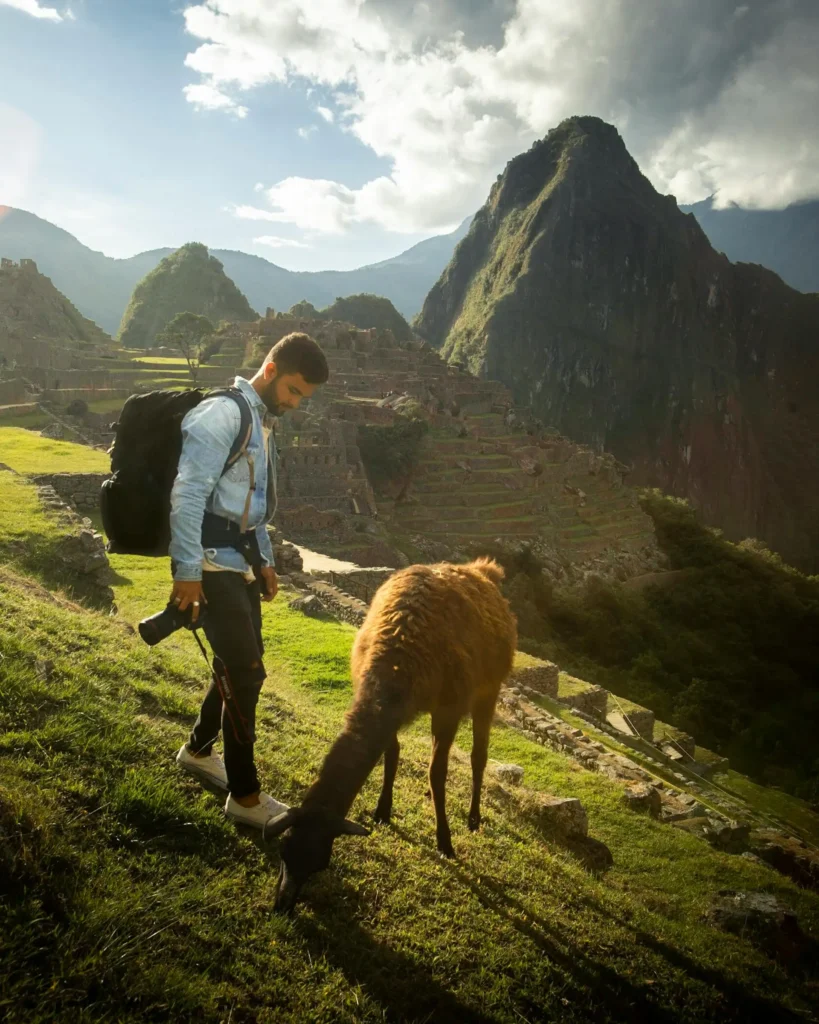
Is It Allowed to Bring a Camera Tripod to Machu Picchu?
Although rules may change, a special permit is generally required to use tripods within the sanctuary.
Can Binoculars Be Used in Machu Picchu?
Yes, bringing binoculars is completely allowed and highly recommended to enjoy the details of the birds.
Practical Tips for Enjoying Bird Watching
Best Season for Bird Watching in Machu Picchu
The best time is between April and October when rainfall is less frequent and the weather is more stable.
Conservation Rules and Respect for Wildlife
- Do not feed the birds.
- Maintain a safe distance to avoid disturbing their behavior.
- Avoid loud noises or sudden movements.
Recommendations for Beginners
- Hire a guide specialized in birdlife to gain additional insights.
- Wear comfortable clothing and a hat to protect yourself from the sun.
